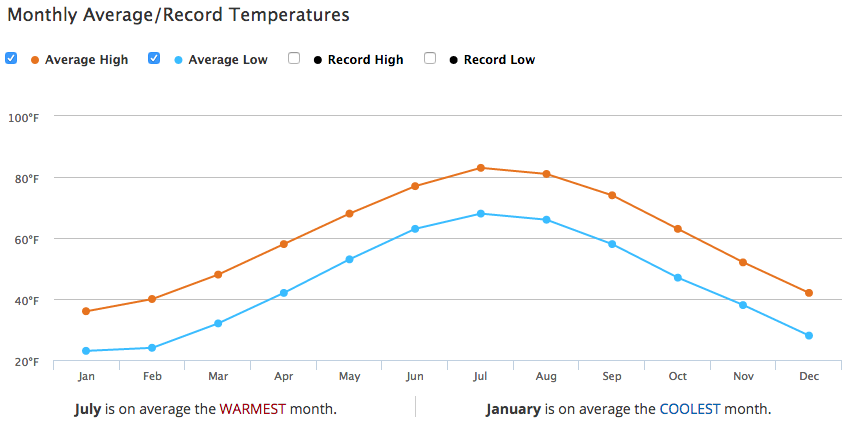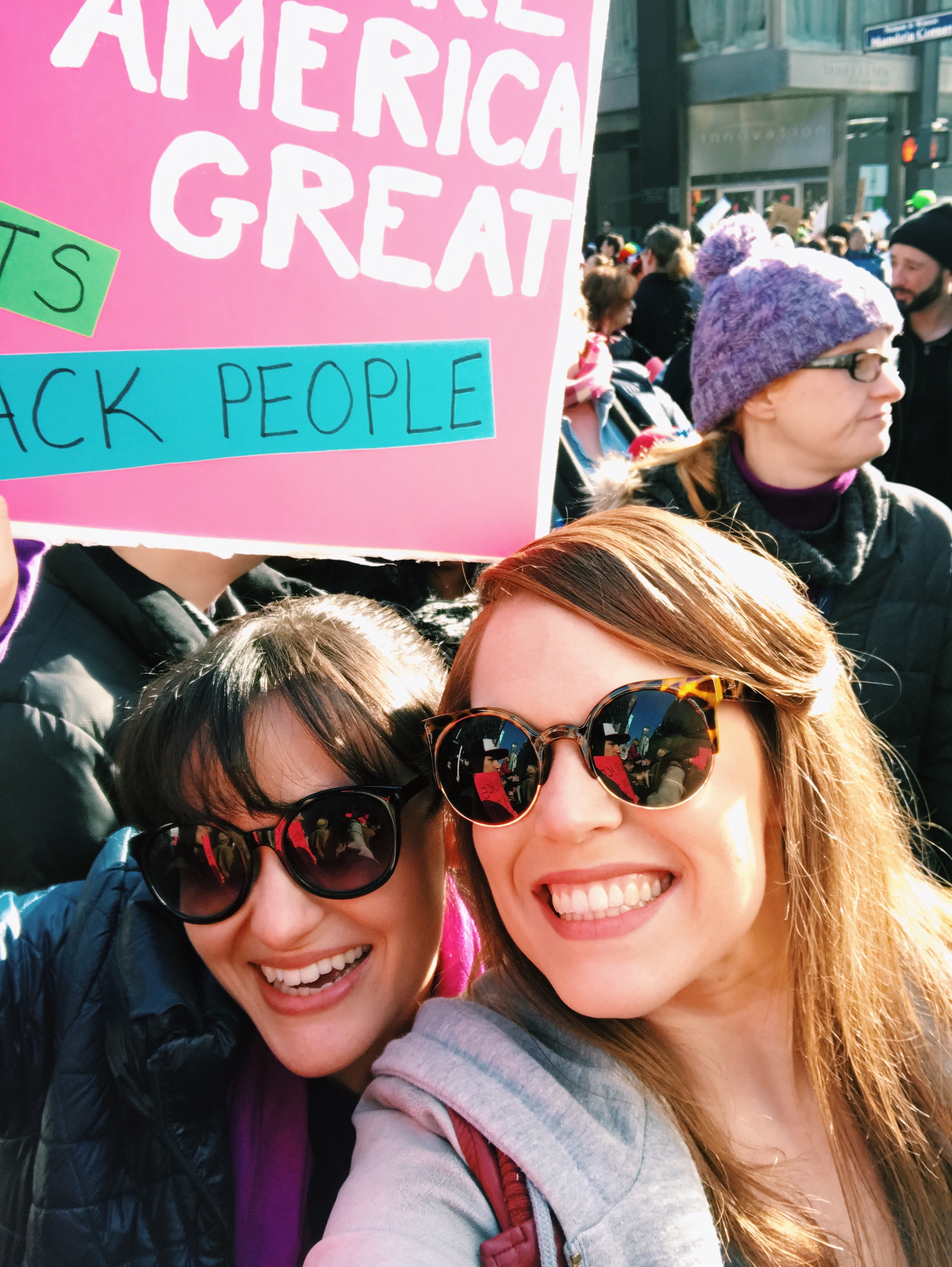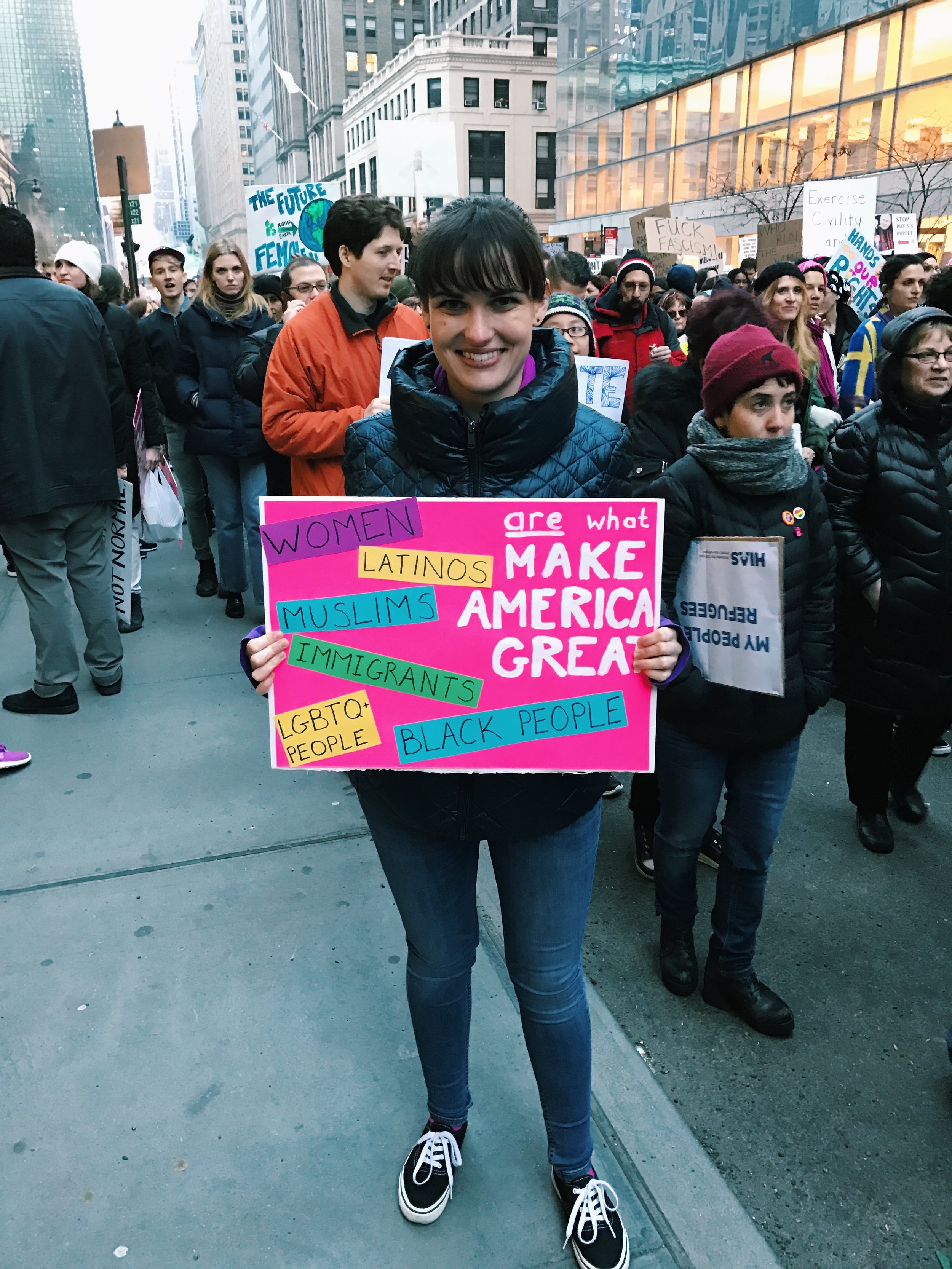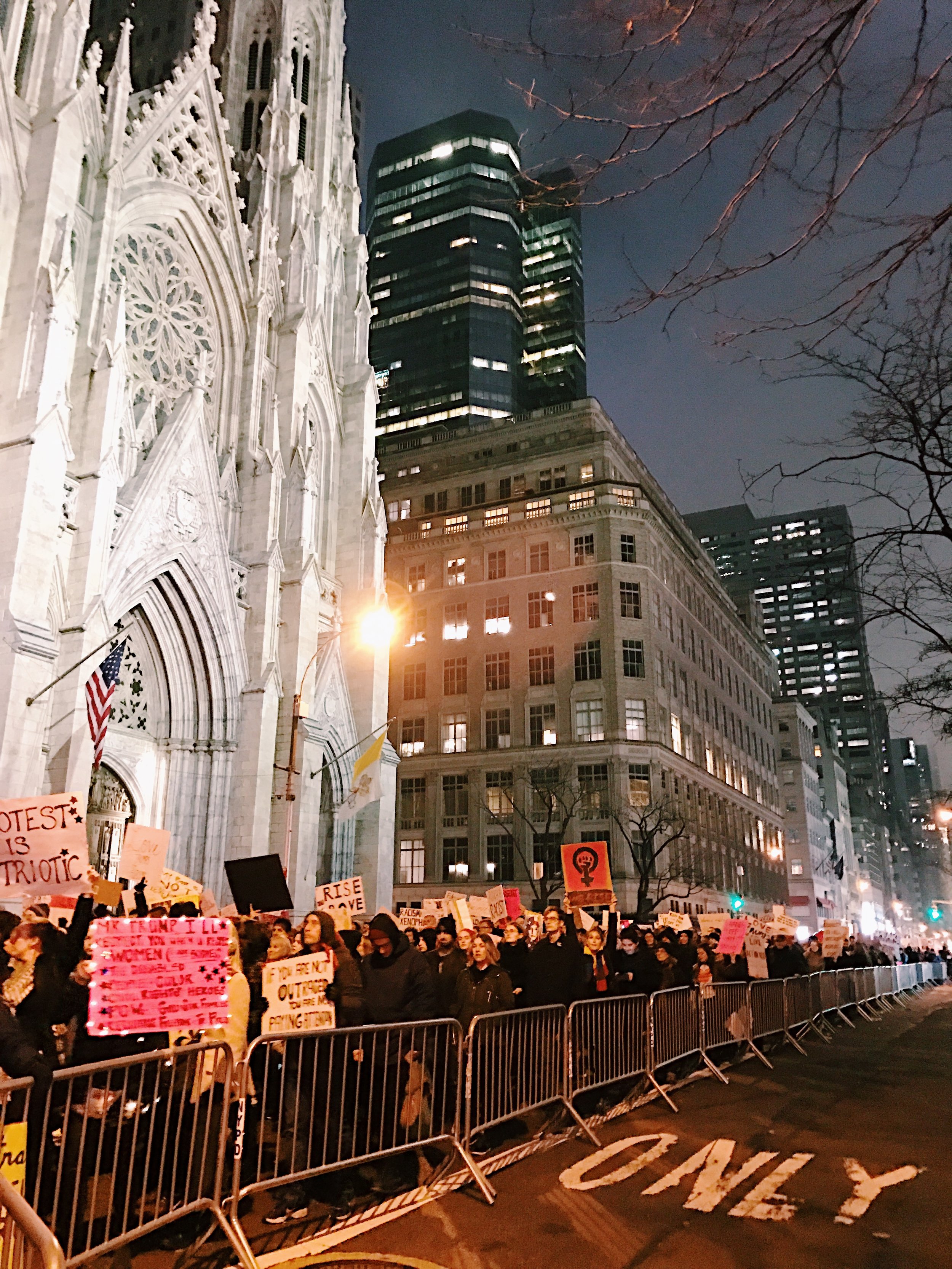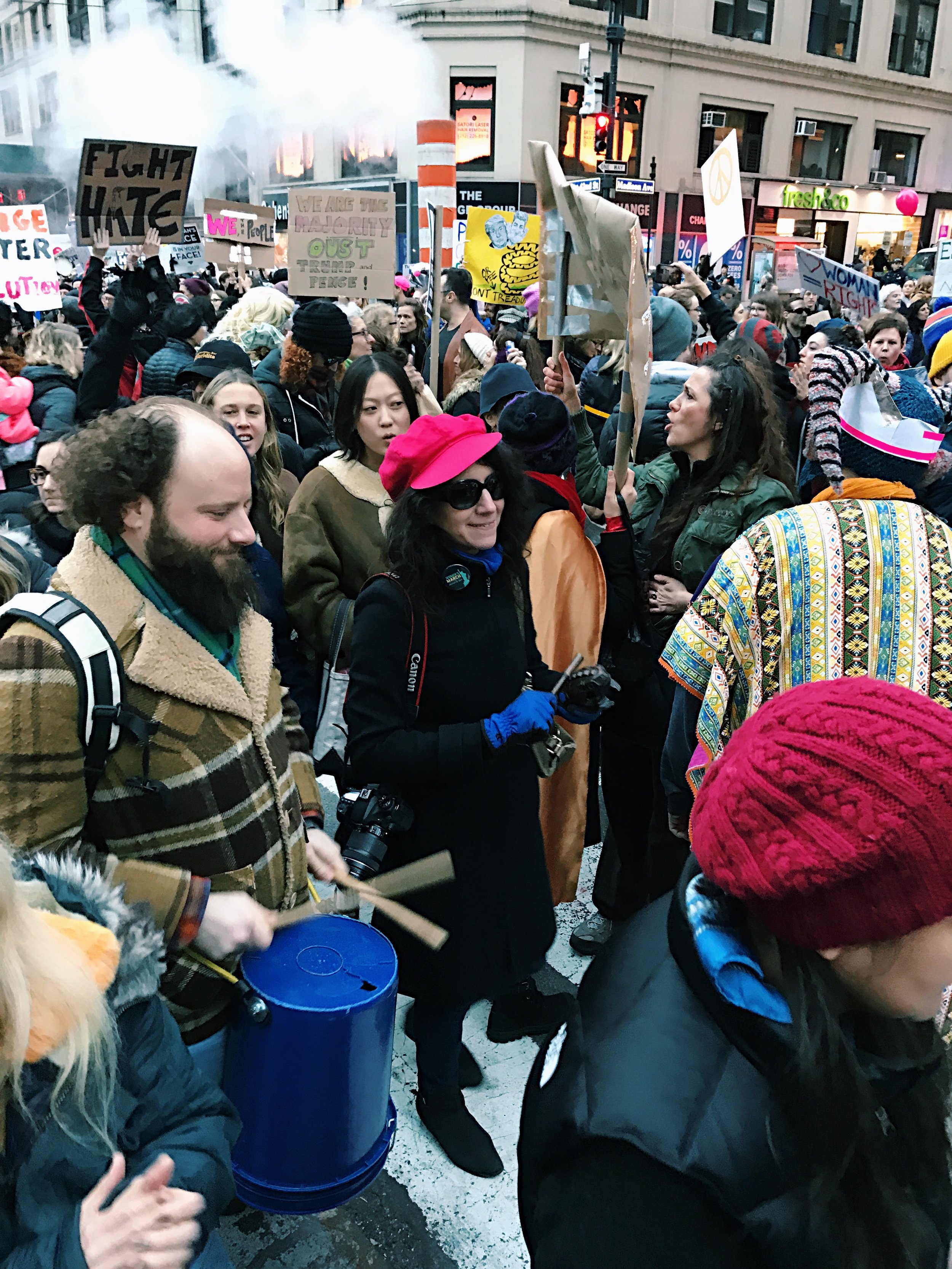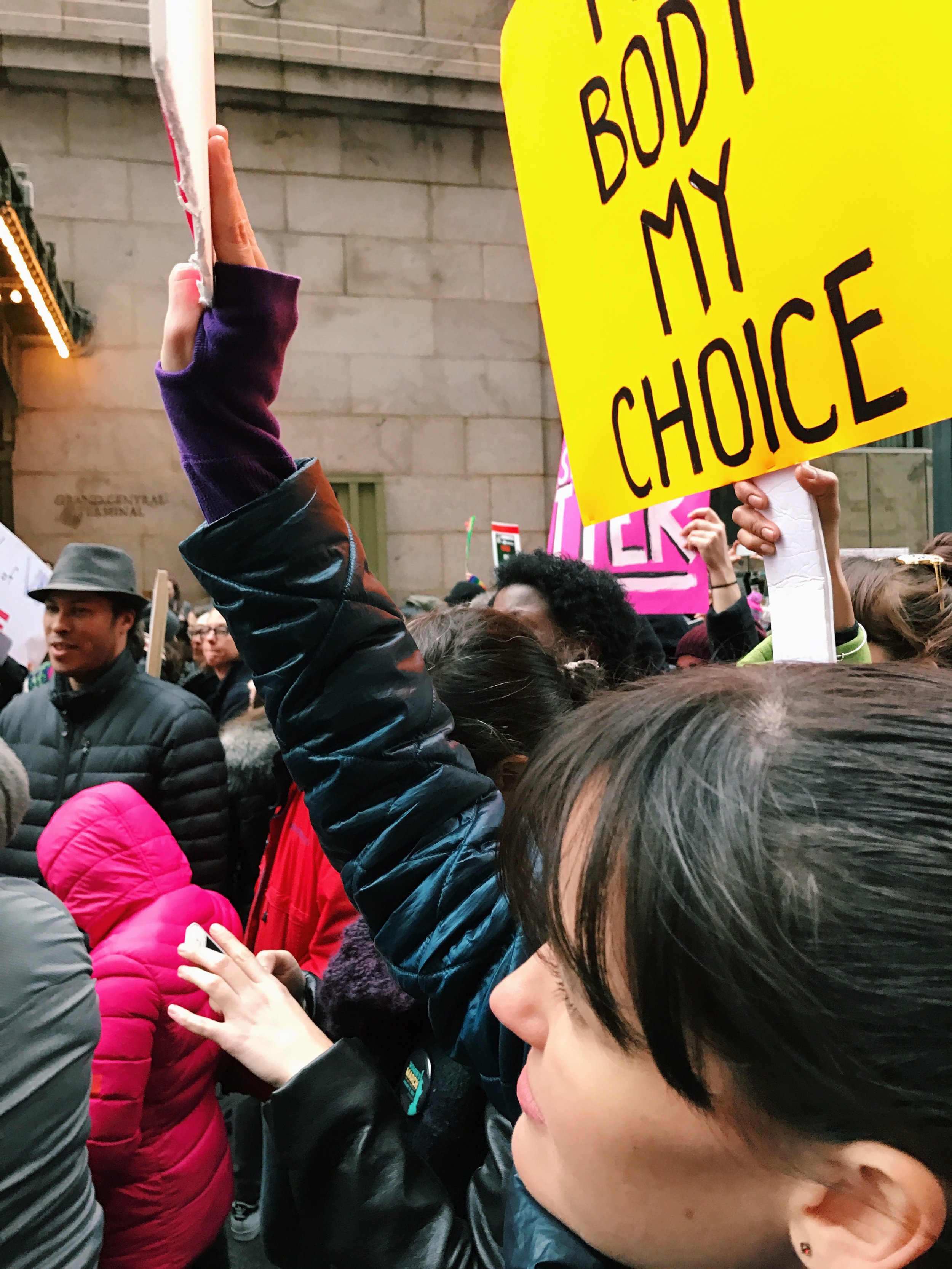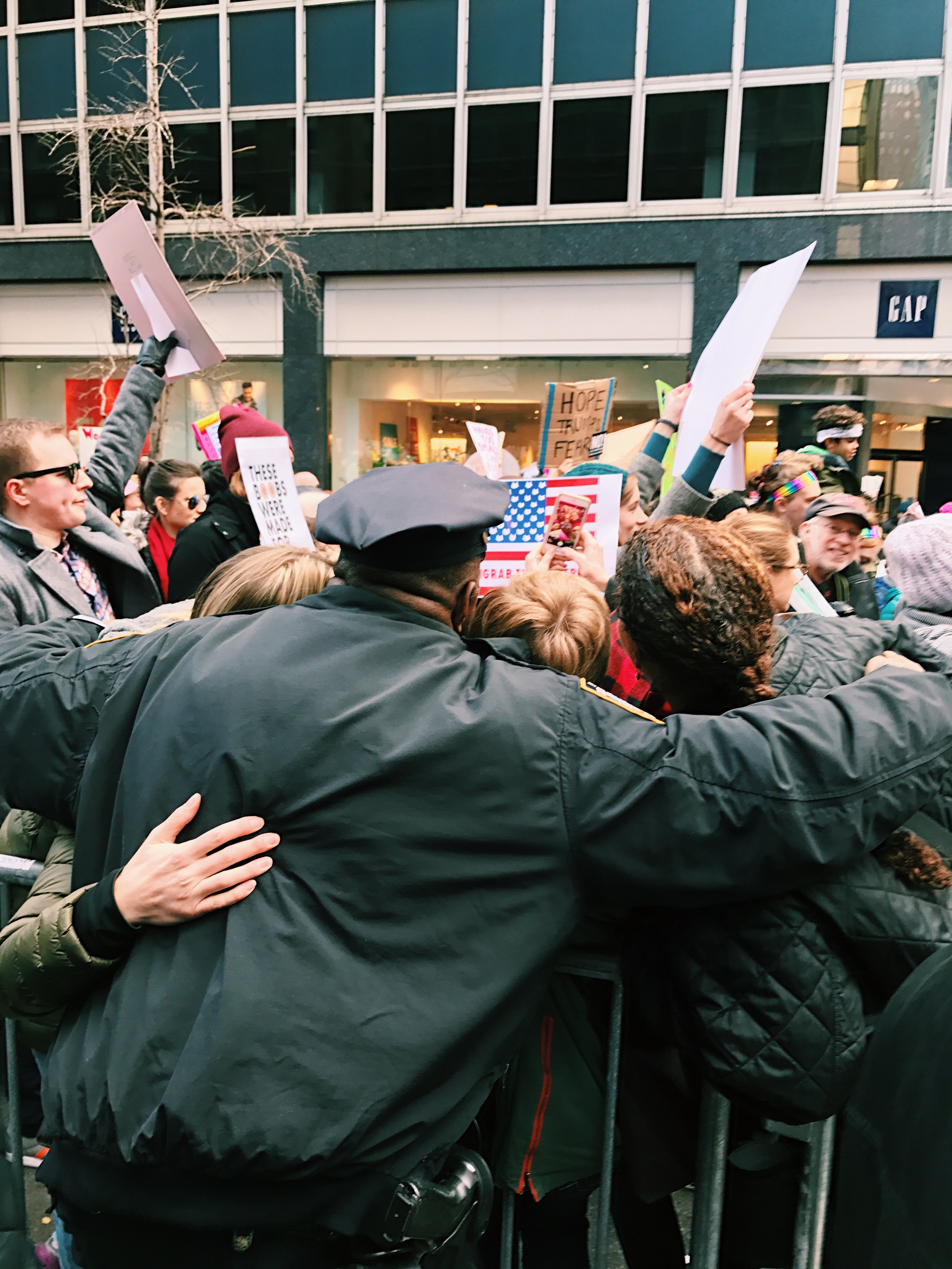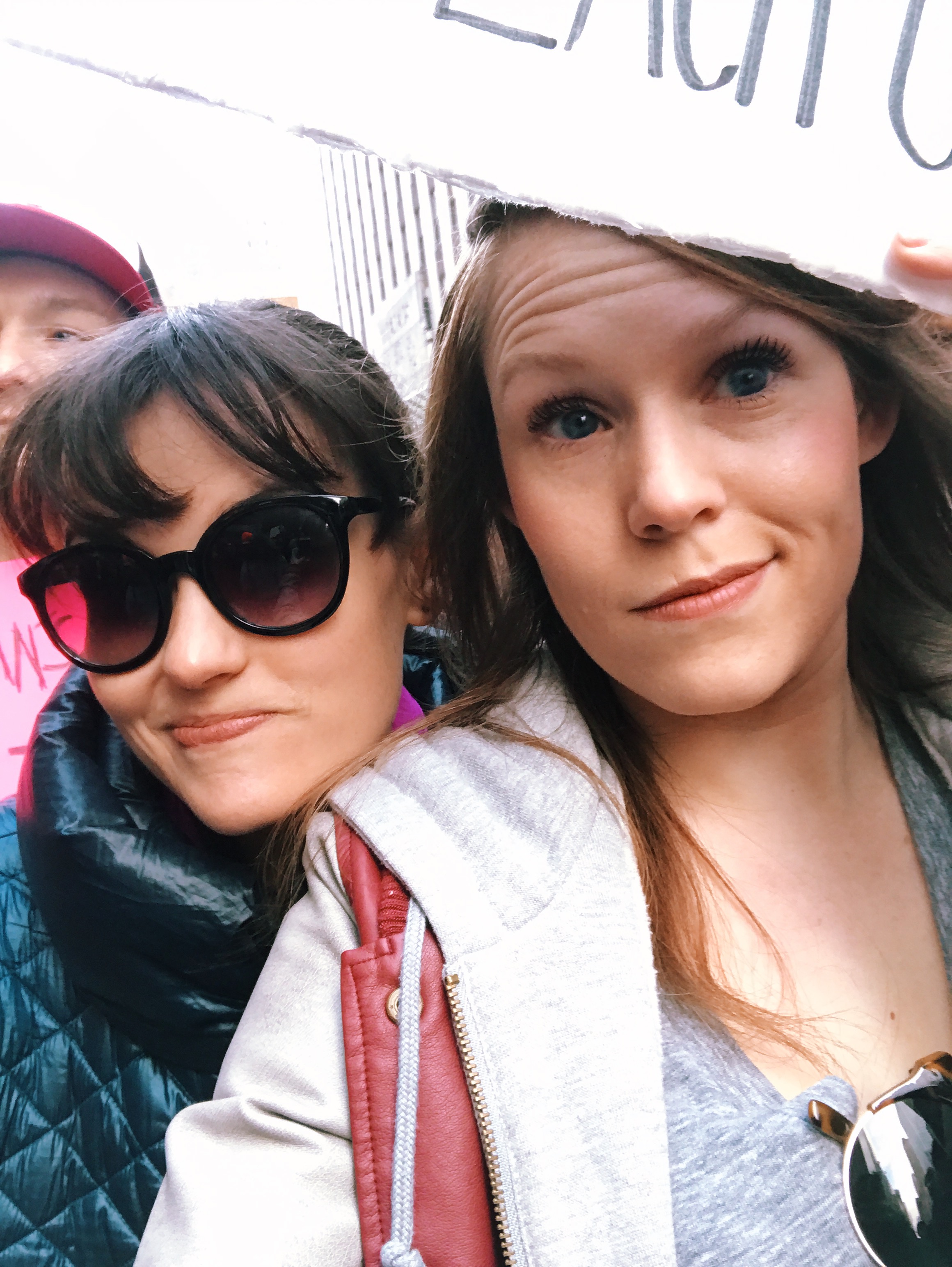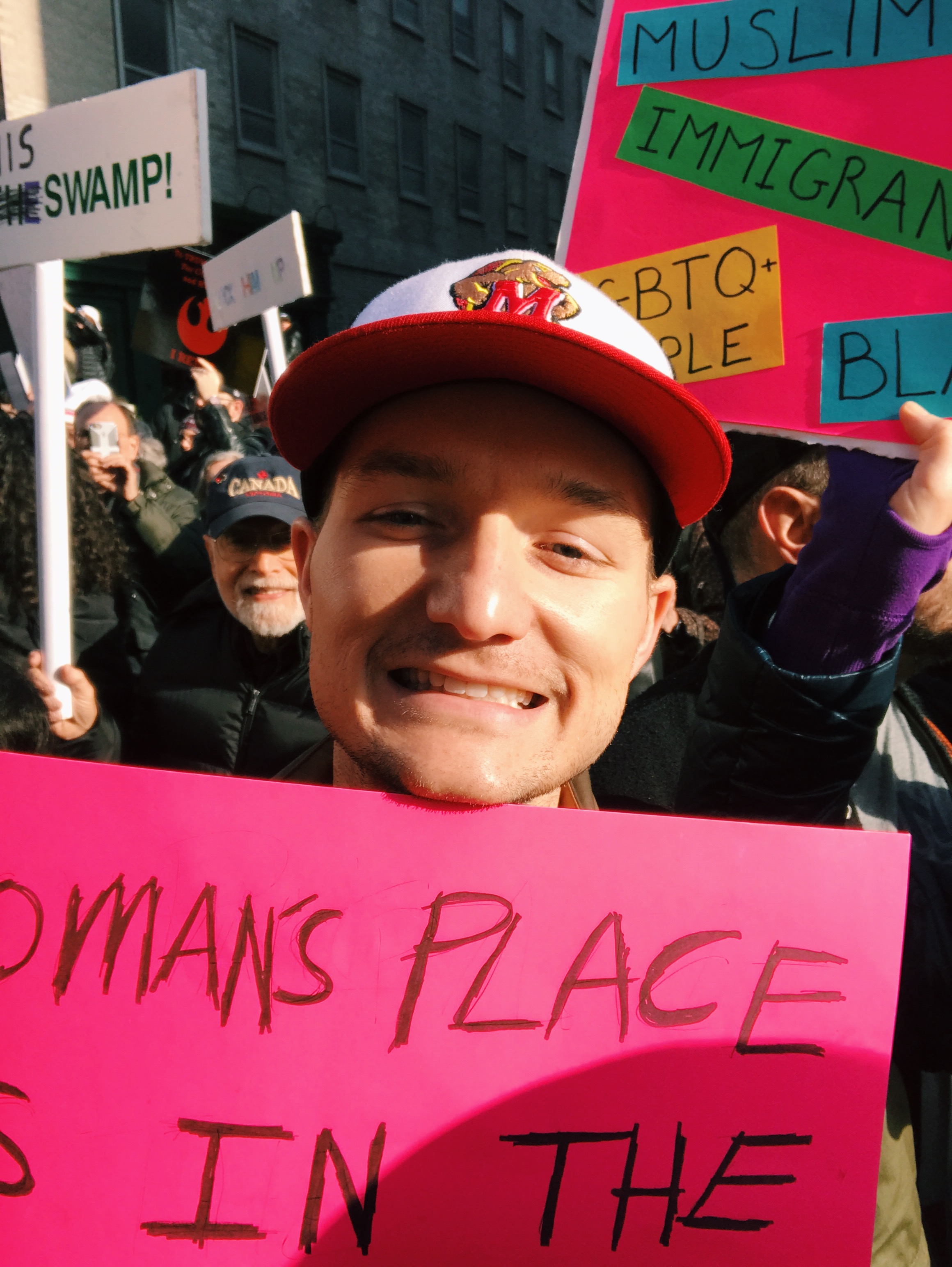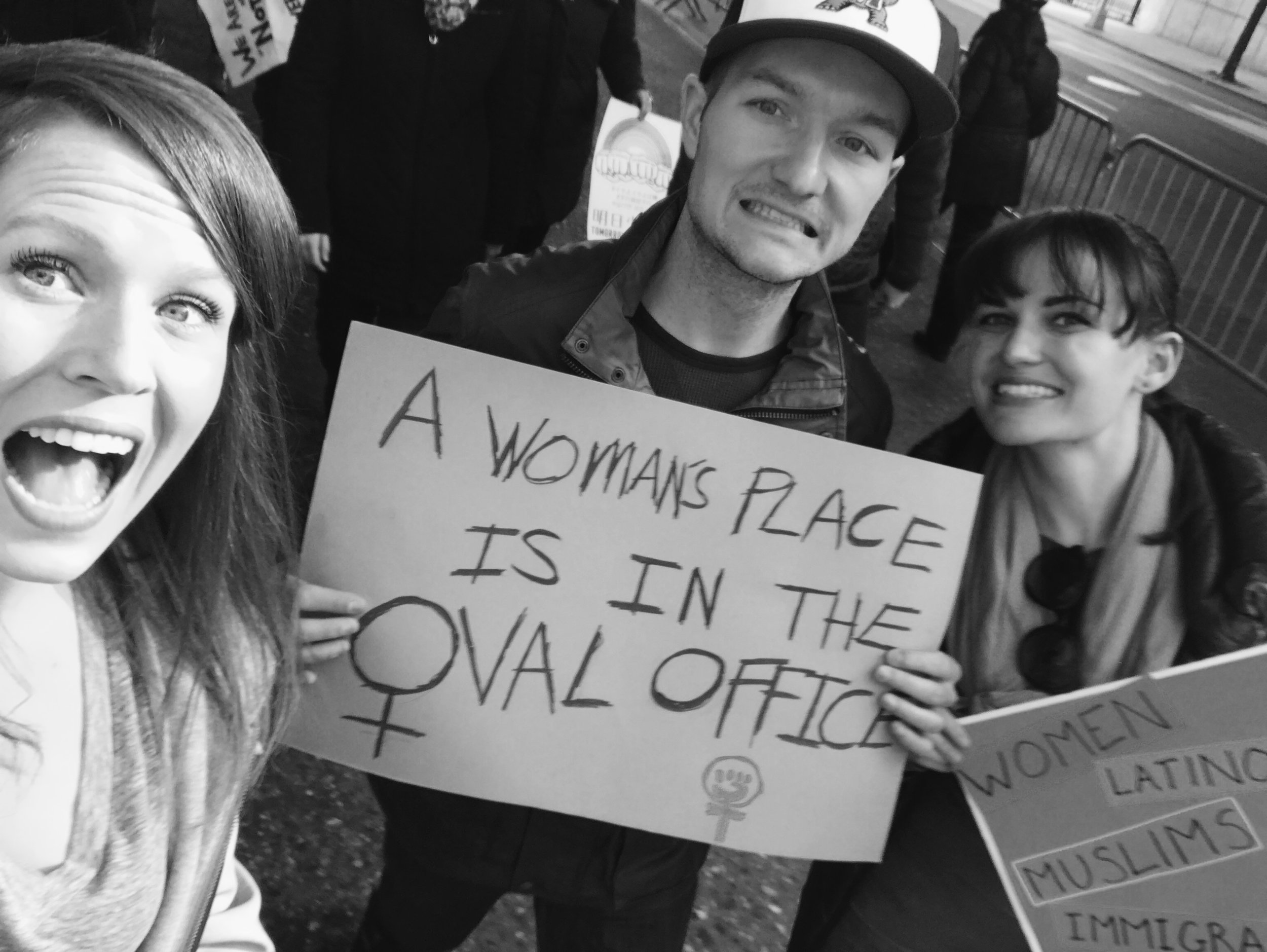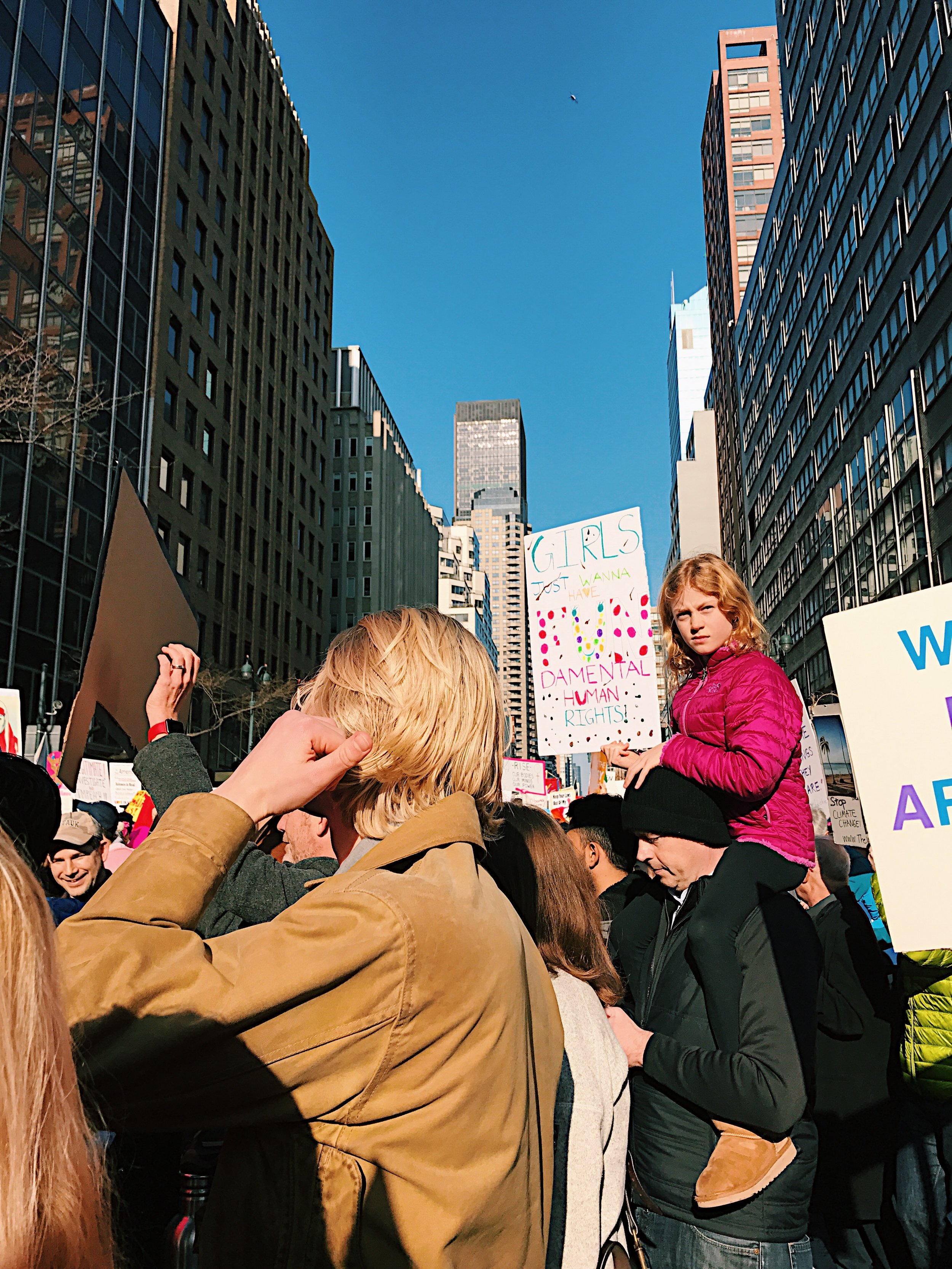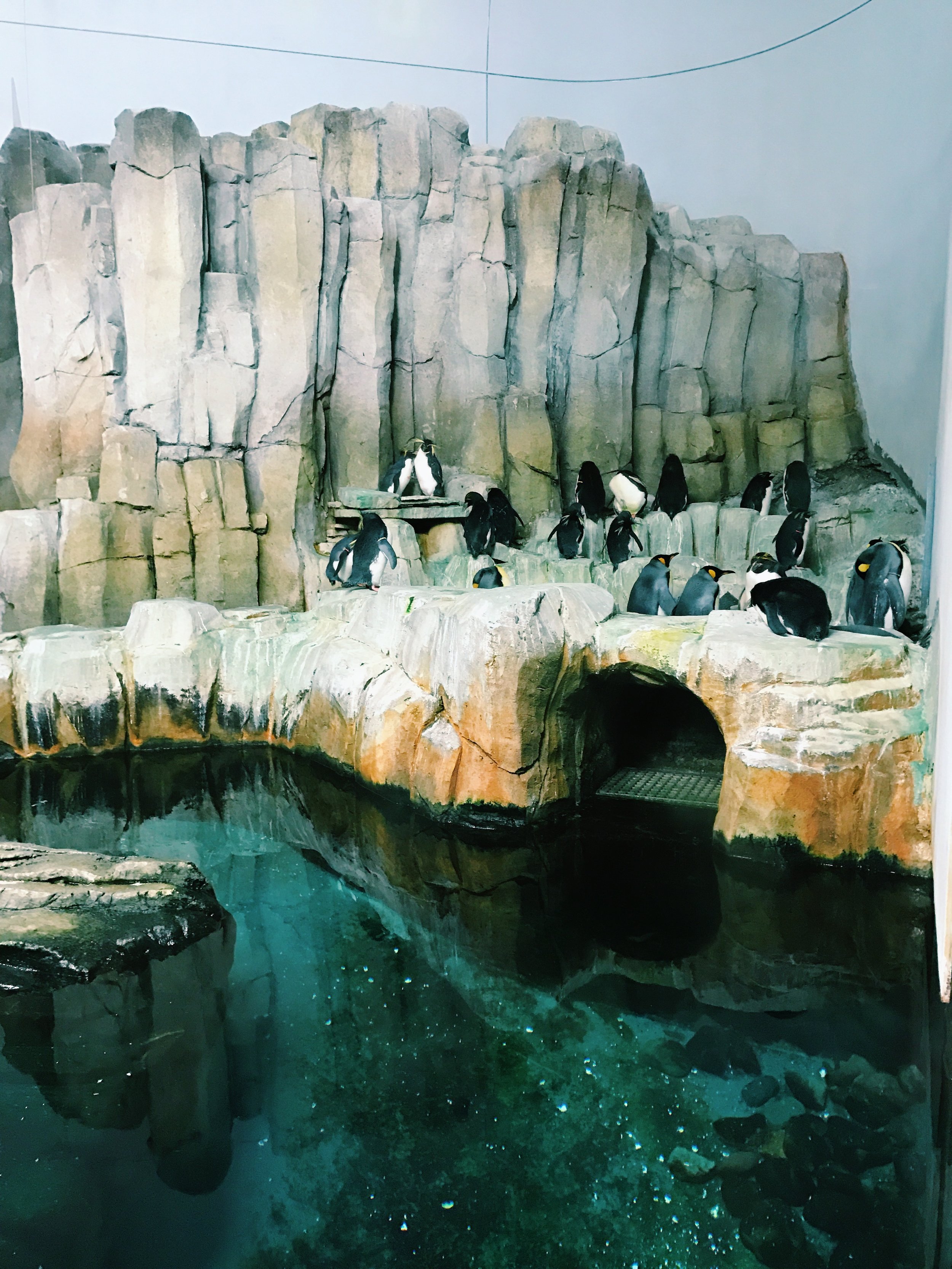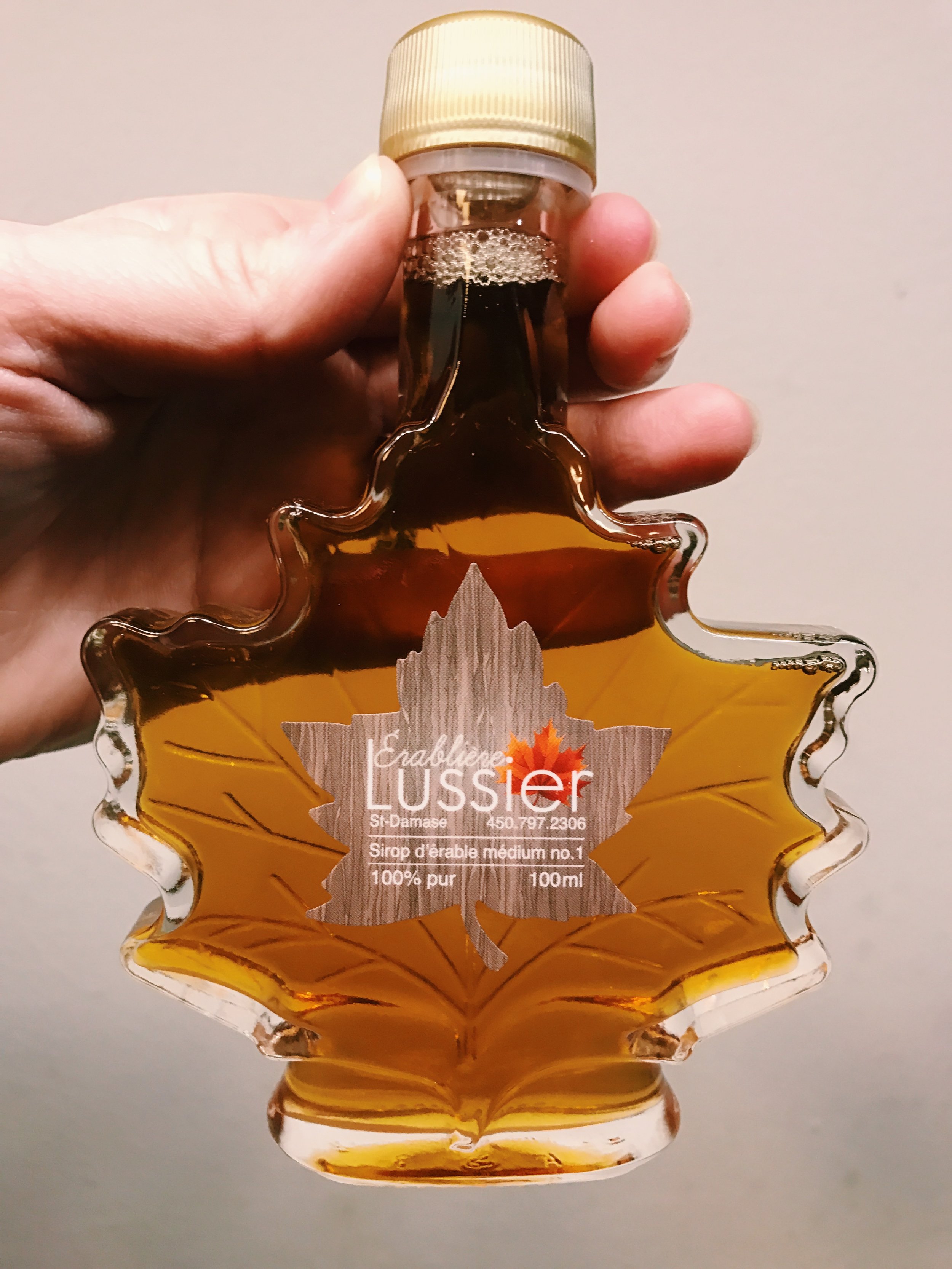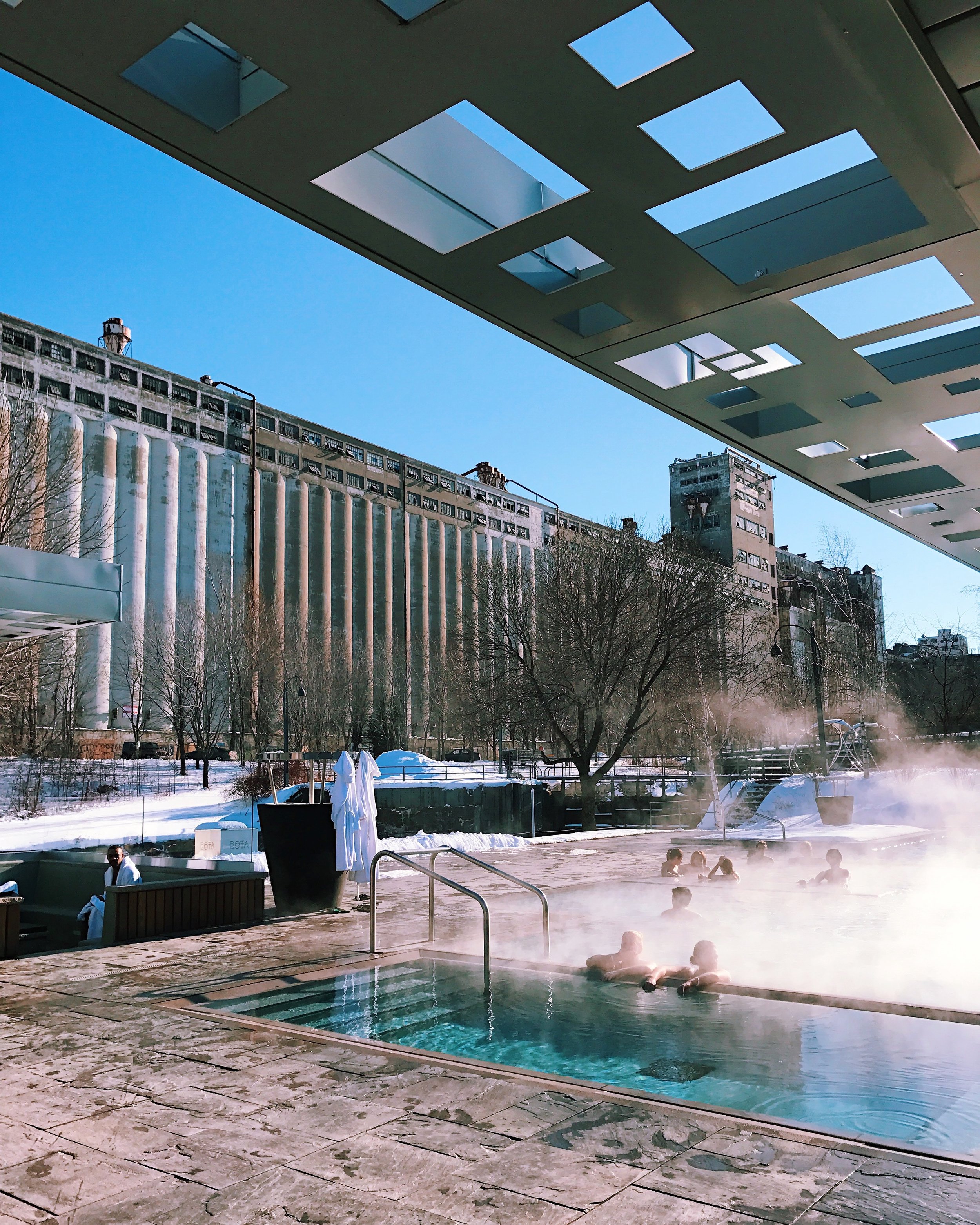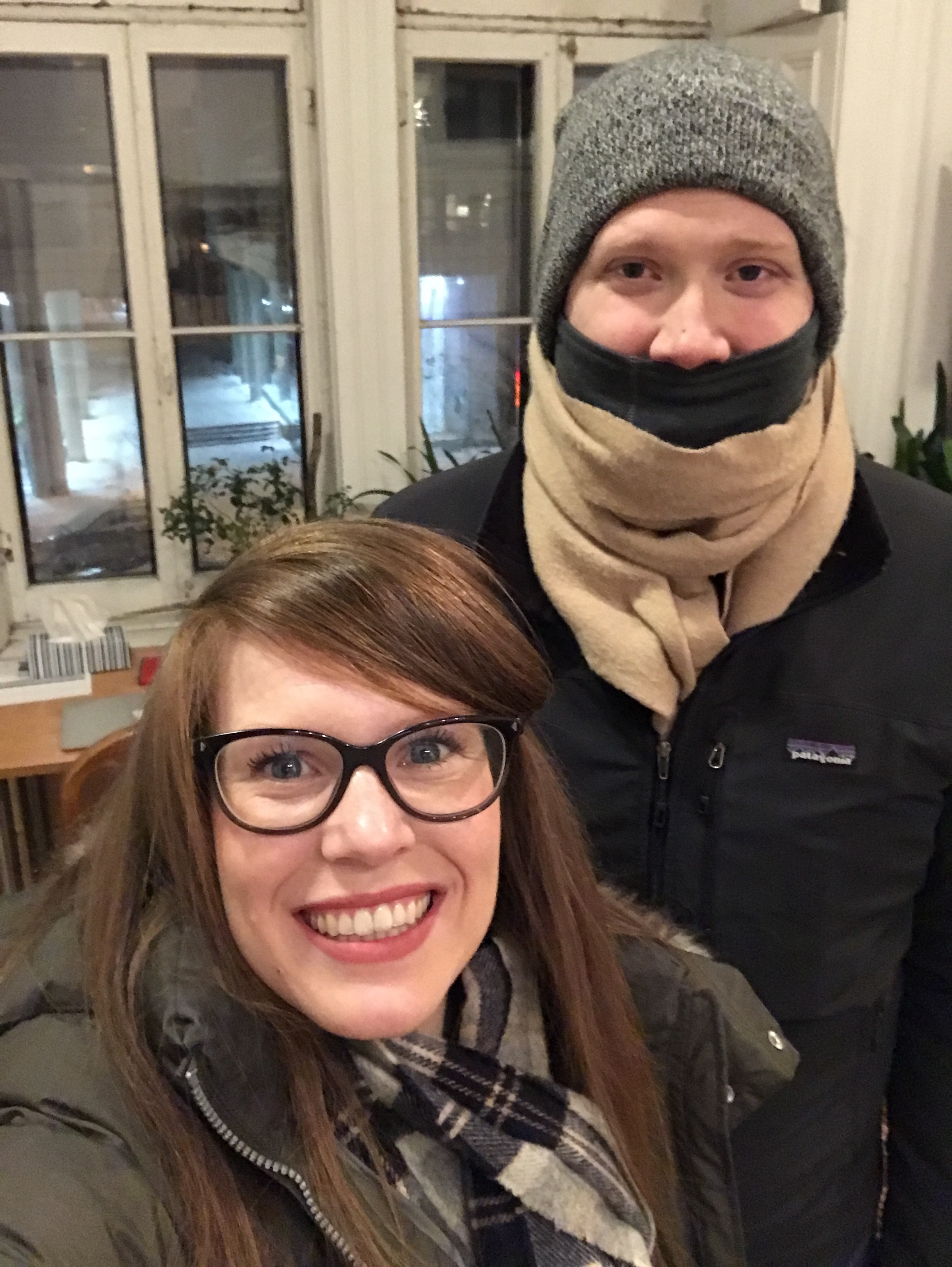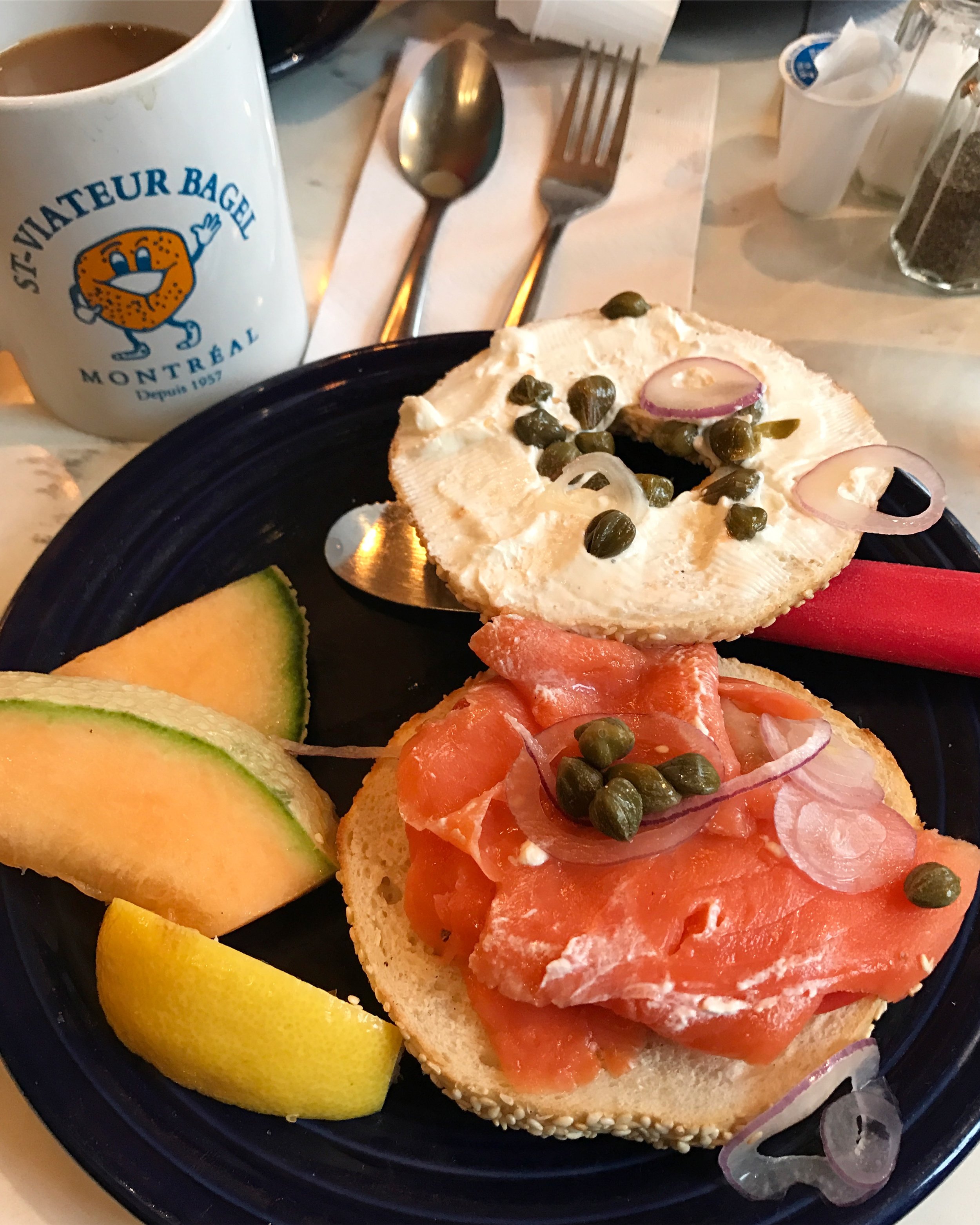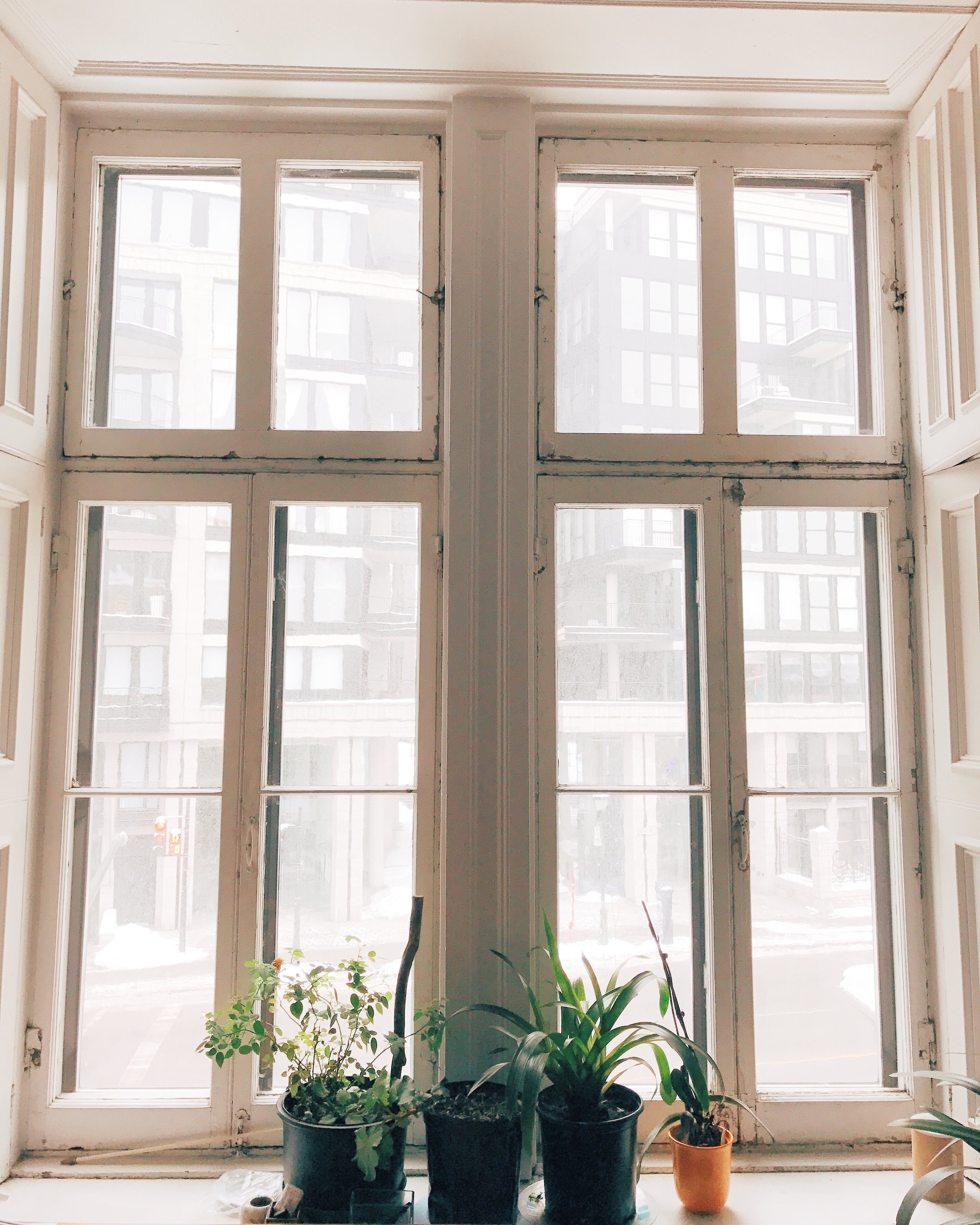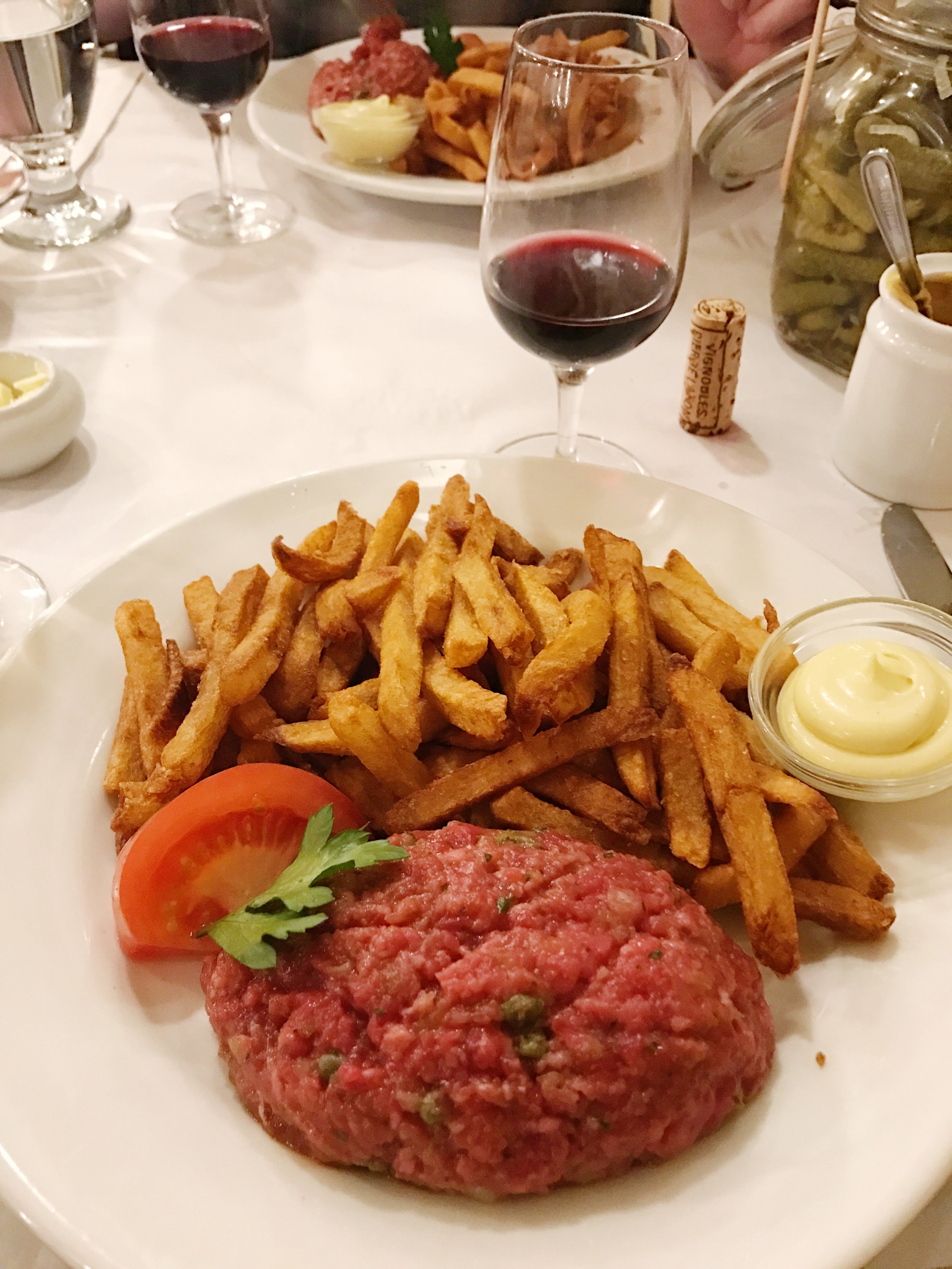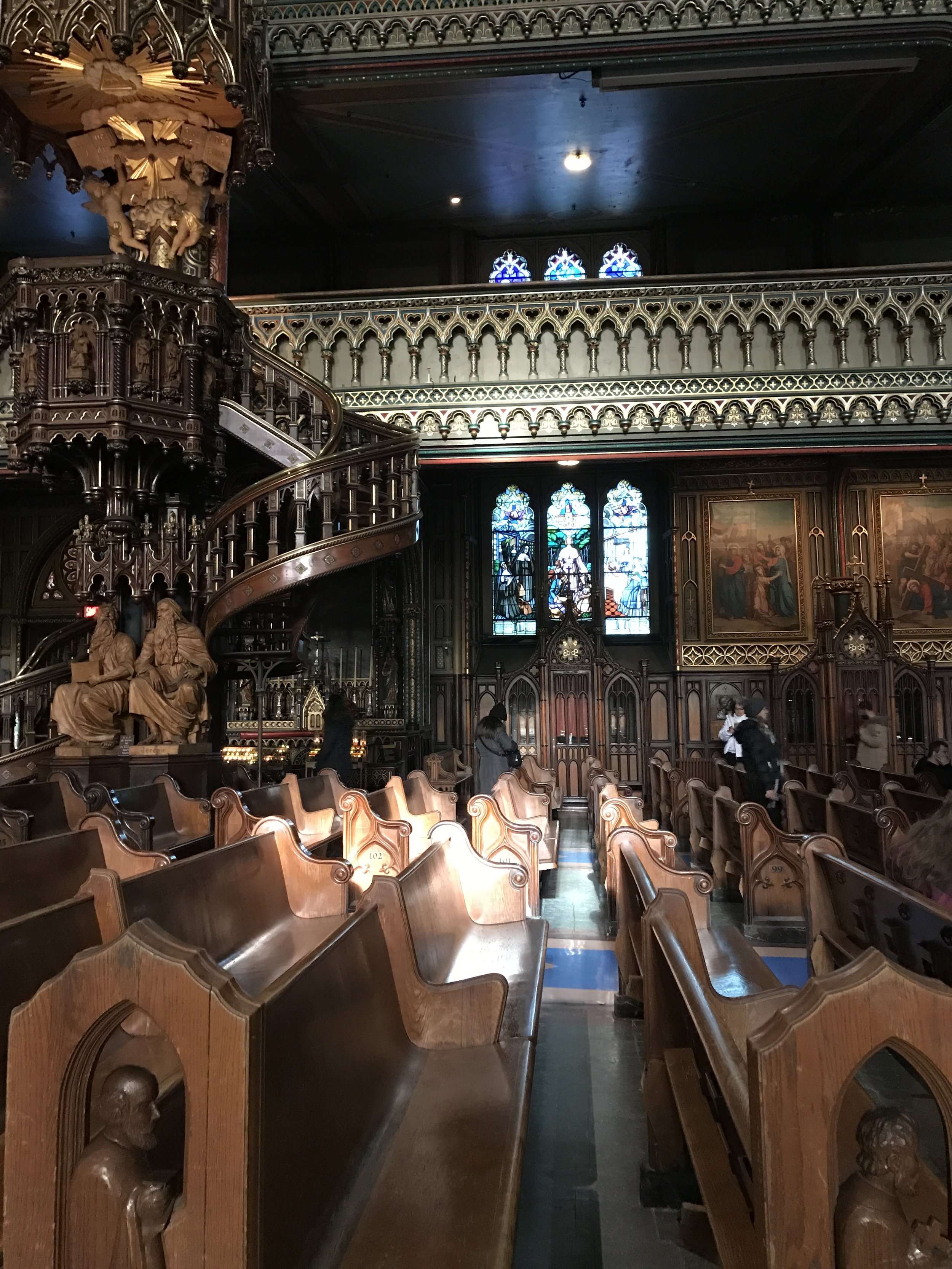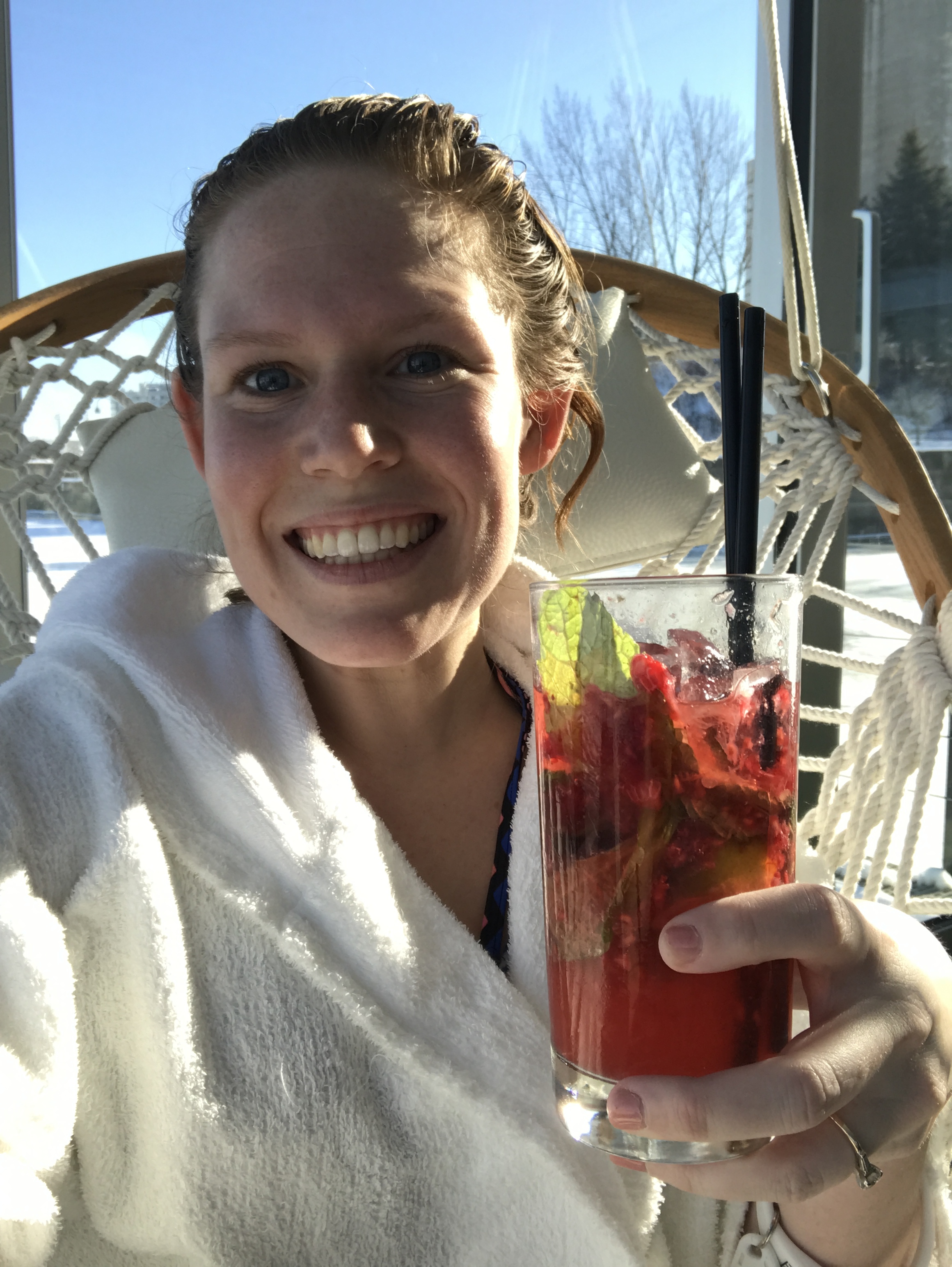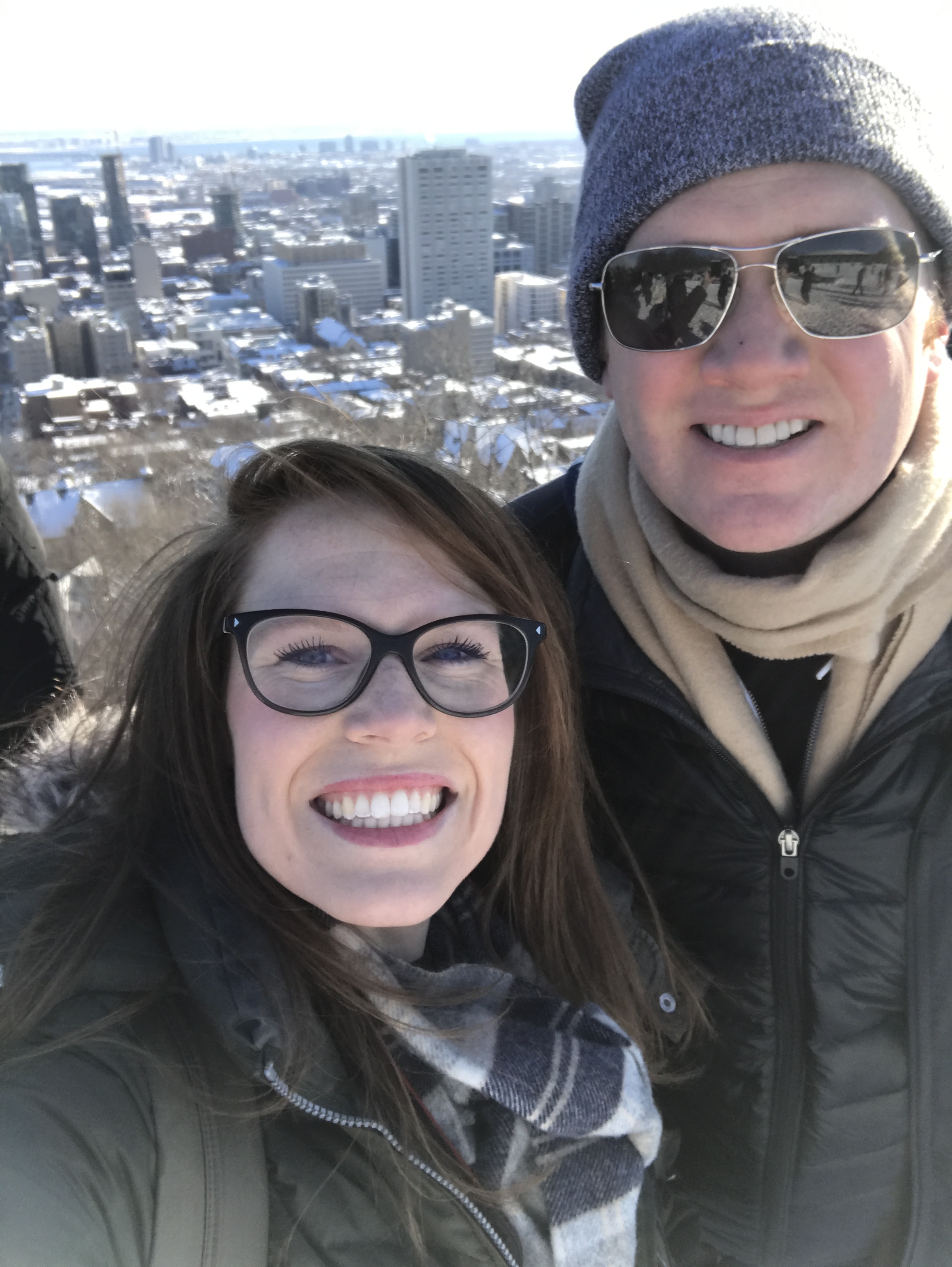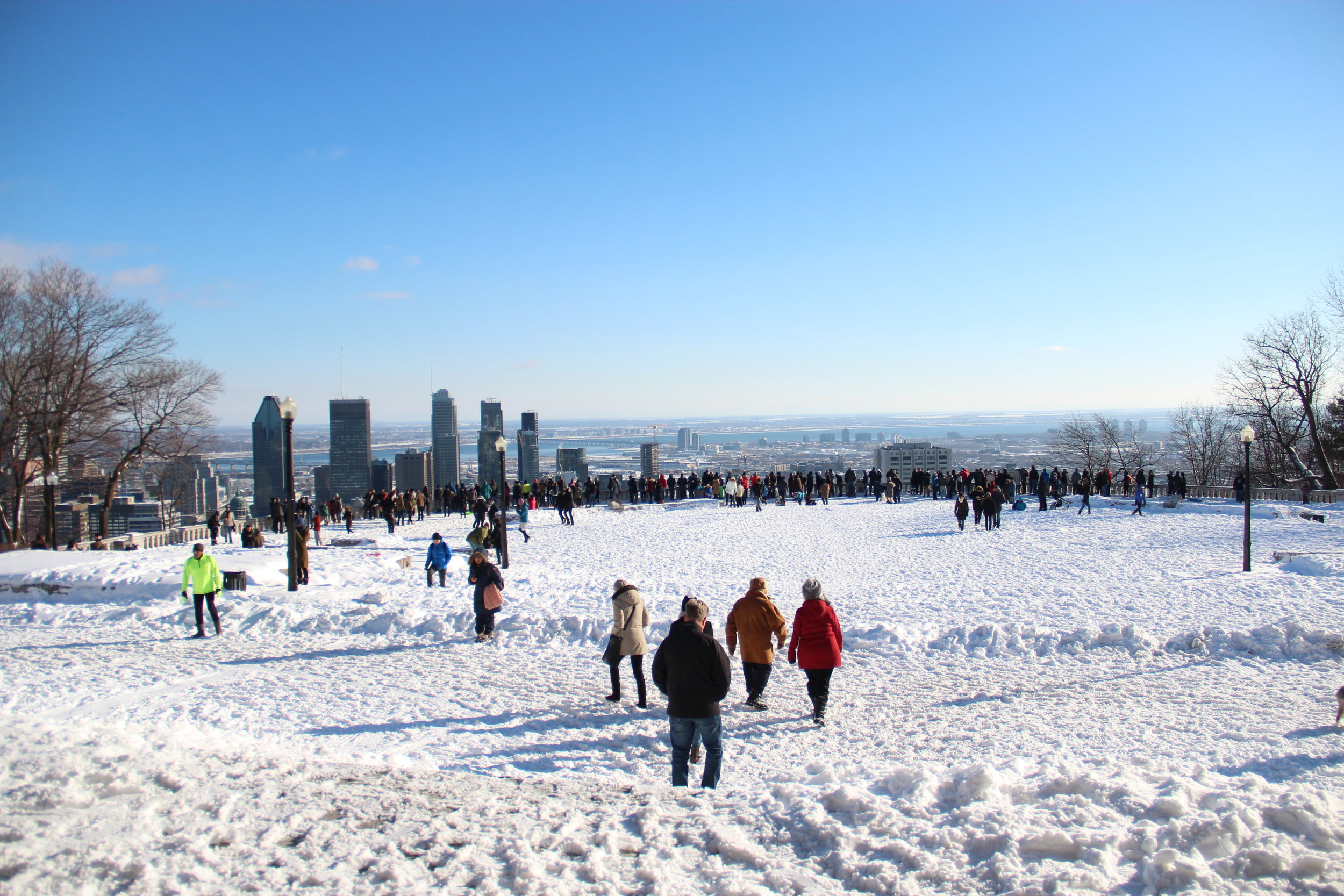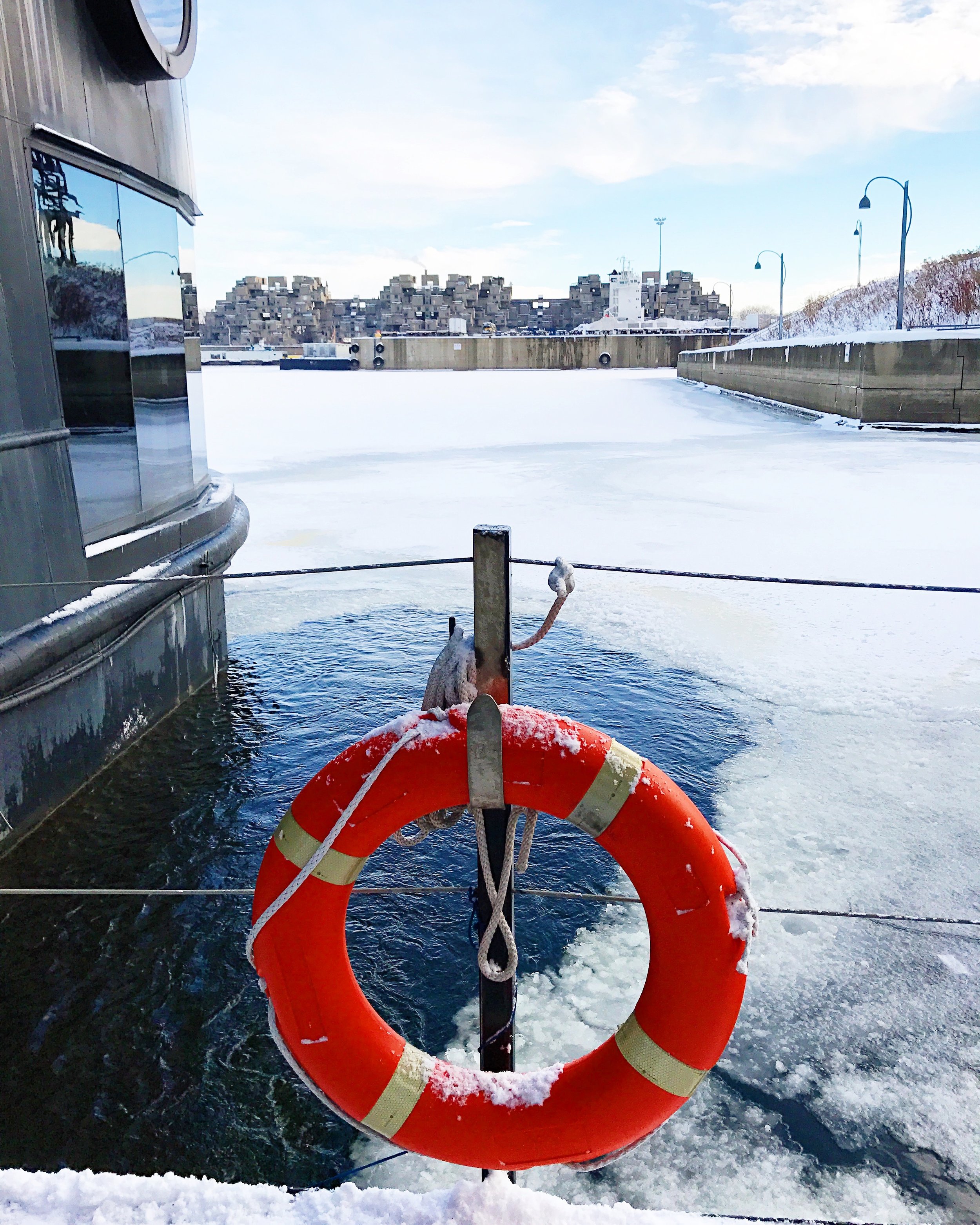I turn on the bathroom lights. One of the bulbs sputters and flickers, like someone gasping for their last breath of air. The sound is mildly unsettling, so I reach up and whap the fixture with my brush. Silence is regained, though only for a moment. Now a siren is squealing down 4th Avenue and my upstairs neighbor has turned on his television. I’m engulfed in uncontrollable noises once again.
Nothingness is hard to find no matter where you live, but nothingness is nearly impossible to find in New York City. The whole island rumbles twenty-four hours a day, and if it stops we all ask, “What went wrong?” No one wants this town to pause and catch its breath—that’s why we live here. The buzz of the city is our fuel.
But people? People need rest.
We cannot function at the same pace of our fair city’s heartbeat. She is immortal and concrete; yet her inhabitants are simply human.
As an extroverted creature, it is against my nature to rest in silence. But often, when I’m quiet—and turn on my fan to block out the noises of this distracting town—I am more introspective. I am quick to pick up a pen, and process the current state of affairs.
Which, is what I’m doing right now.
It turns out there is much happening in my tiny brain. The most common narrative of my thoughts is that of change. There are obvious reasons for this: I’m about to get married, the agency I work for is closing its New York office, and the weather is (finally) turning warm.
But there are other forces at play that nod to the subtle movement of time.
I met Ben when I was going to church in the East Village. He was a part of my “small group”—a rag tag cluster of New Yorkers who were looking to connect with a community. We ate, laughed, read, played, and prayed together. To this day, a portion of that eclectic set of people are still some of my closest friends in the city. They will be in my wedding and part of whatever comes next.
Then, there's Micole. She and Ben met one Cinco De Mayo and starting dating soon after. I remember talking with her about relationships; she was wise, patient, and hilarious while sharing advice. Micole works in the fashion world and was briefly featured on a reality TV show (which, was short-lived because she’s not dramatic or petty in the slightest).
Ben and Micole got married, got a dog, and got pregnant. Now they are leaving the city for multiple intelligent reasons. They will have a much-needed season of rest, far away from New York City’s palpitations.
But today is the first day that I feel sad about their quick exit. Suddenly, the movement of time does not seem so subtle. I’ve known Ben for nearly seven years. He asks good questions. He likes dumb country songs. He always implores me to show emotion. “It’s OK to be sad, Britney!” he’d say when I was covering up stress, while making $10 an hour in grad school. “Let it out! You can tell us.”
We non-married people were also lucky enough to watch Ben and Micole fall in love. And fight. And apologize. When they tied the knot at a beautiful loft in Greenpoint, it felt important—like a tangible chapter in time was closing. We were city kids becoming adults.
"Nobody pray for me
Even a day for me
Way (yeah, yeah!)"
All the windows in my apartment are closed, but Kendrick Lamar is suddenly projecting from someone’s car. Our walls are so thin, it's as if the rapper himself were standing in my kitchen with a megaphone. I wish I could say this is the first time the talented Mr. Lamar has showed up unexpectedly, but ever since his latest album dropped, I can't keep him out of this apartment. There is always someone on 4th Avenue blaring his hit tracks, so I just nod along.
This is how close we city dwellers live to eight million other people.
Still, for a few hours, I was able to peacefully process—to find a nothingness even from within my uninsulated apartment. Ben would be proud that I unapologetically shed some tears over he and his wife’s departure.
Now New York rumbles on. Someone calls about brunch; someone else about job opportunities. A car alarm wails in the distance. As I consider going for a walk around Brooklyn, I feel a growing sense of excitement for my friends’ new adventures—where will they live next? What will they name the baby? Most importantly, when can we all visit?
The not-so-subtle passage of time doesn’t seem as depressing.
I cannot sit in the nothingness for long.
There’s a time to pause.
There’s a time to prepare.
And then… there’s a time to get married, find a job, have babies, move across the country, travel the world, or simply run full speed ahead!
Best of luck, my friends, to where ever you may be in that process.
Ben + Micole
“And I want you to know that I am both happy and sad and I’m still trying to figure out how that could be.”



